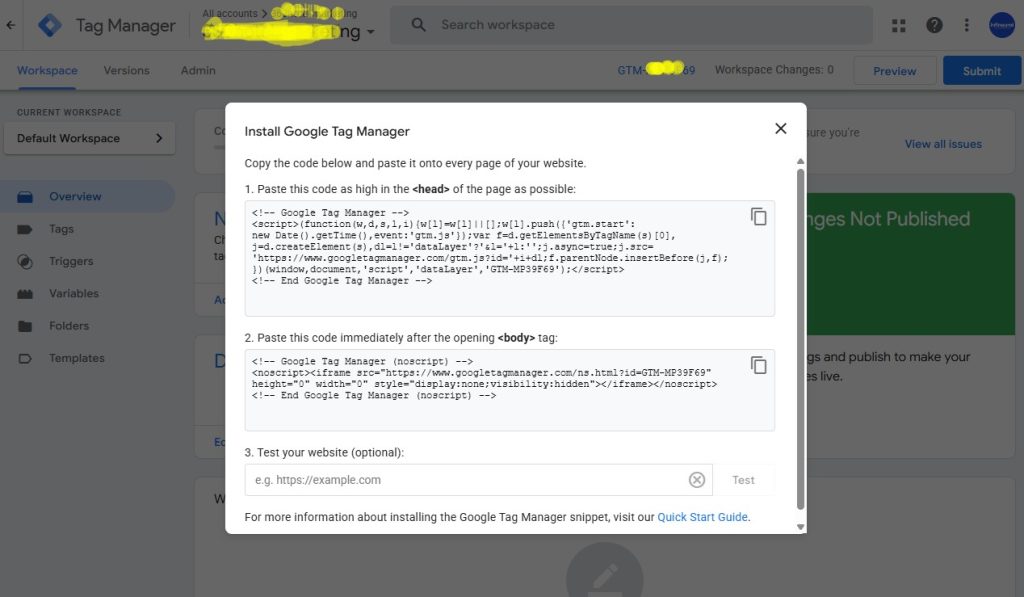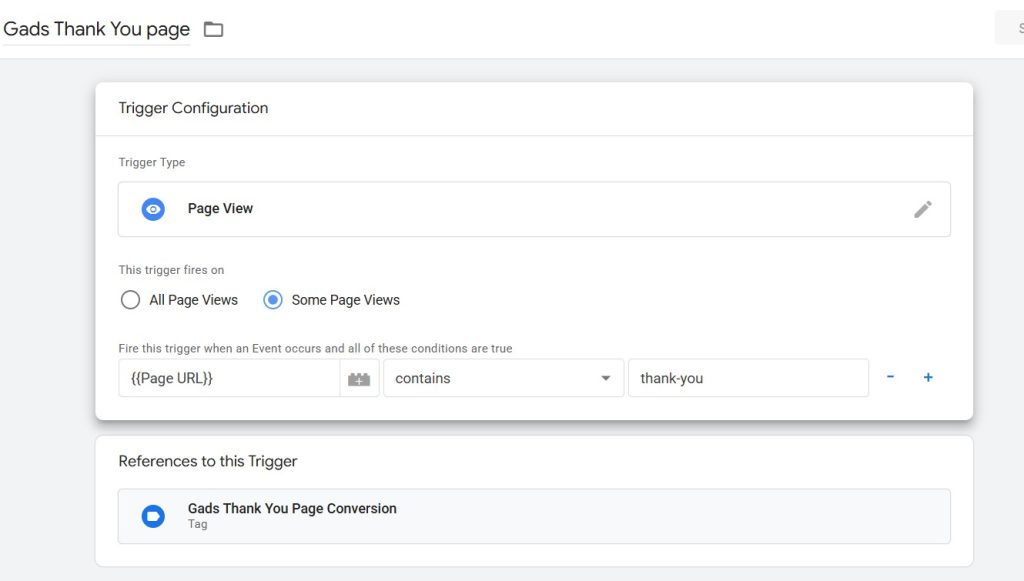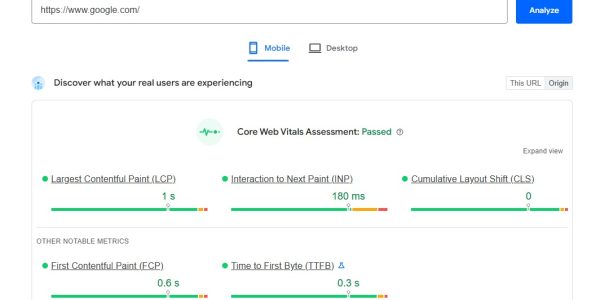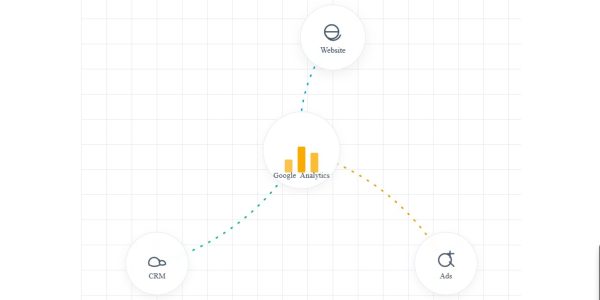You’ve done everything right. You’ve crafted the perfect ad campaign, written compelling copy, and driven a wave of traffic to your beautifully designed website. The traffic numbers are up, but your sales or lead numbers are a mystery. You’re spending your budget, but you can’t confidently say which channel, campaign, or keyword is actually making the phone ring. Sound familiar?
This frustrating gap between effort and result stems from one common culprit: broken or non-existent conversion tracking. Without it, you’re flying blind, making critical business decisions based on guesswork. But it doesn’t have to be this way. It is entirely possible to setup conversion tracking flawlessly, and this guide will show you how.
At Infineural Technologies, we specialize in building the digital engines that power business growth, and accurate data is the fuel. We’ve seen firsthand how a proper tracking setup can transform a business from stagnant to supercharged. In this comprehensive guide, we’ll demystify the process and provide a step-by-step framework to ensure every valuable action on your site is measured with precision.
Conversion Tracking Data Flow
An interactive diagram illustrating how user actions become business insights.
User performs an action (e.g., form submit, purchase)
Captures action & fires tracking tags
Why Flawless Conversion Tracking is Non-Negotiable
Before we dive into the “how,” let’s solidify the “why.” Inaccurate tracking isn’t just a minor inconvenience; it’s a direct threat to your ROI.
- Wasted Ad Spend: If you can’t tell which ads lead to sales, you’re likely pouring money into underperforming campaigns while starving your winners.
- Missed Optimization Opportunities: You can’t improve what you don’t measure. Flawless tracking reveals user behavior, showing you exactly where to optimize your website and sales funnel for better results.
- Inability to Prove ROI: How do you justify your marketing budget to your boss or stakeholders? With hard data that connects your activities directly to revenue.
- Poor Business Decisions: From product development to market expansion, major business strategies rely on understanding what your customers want. Conversion data is a direct line to those desires.
In short, learning to setup conversion tracking flawlessly is one of the highest-leverage skills any marketer or business owner can master.
Before You Begin: The Conversion Tracking Checklist
Jumping straight into Google Tag Manager without a plan is a recipe for disaster. A flawless setup begins with strategy. Run through this checklist first.
- ☐ Define Your Macro-Conversions: What is the primary goal of your website?
- e.g., E-commerce purchase, completed lead form, free trial signup.
- ☐ Identify Your Micro-Conversions: What smaller actions indicate a user is moving toward the primary goal?
- e.g., Added a product to cart, downloaded a PDF, watched a demo video, clicked the “call us” button.
- ☐ Choose Your Tracking Tools: Will you use Google Analytics (GA4), Google Ads, Meta Pixel, LinkedIn Insight Tag, or a combination?
- ☐ Map the User Journey: For each conversion, what is the exact path a user takes? Specifically, what happens after they convert? Do they see a “thank you” page? Does a confirmation message appear? This is critical for setting up triggers.
- ☐ Prepare a Thank You Page: The most reliable way to track a form submission or purchase is by redirecting the user to a unique “thank you” or “order confirmation” page. Ensure this page exists and has a unique URL (e.g.,
yoursite.com/thank-you).
Learn more about choosing the right Key Performance Indicators (KPIs) for your business.
The Core Methods: How to Implement Conversion Tracking
There are two primary ways to get tracking code onto your website.
- Direct Hardcoding: This involves manually placing the tracking code snippets (from Google, Meta, etc.) directly into your website’s HTML files. While it seems straightforward, it’s inflexible, prone to errors, and requires developer assistance for every minor change. We generally advise against this method.
- Using a Tag Management System (TMS): This is the modern, recommended approach. A TMS like Google Tag Manager (GTM) acts as a container for all your tracking codes (tags). You install the GTM container code once on your website, and then you can add, edit, and manage all your other tags from the user-friendly GTM interface—no developer needed.
For its flexibility, power, and industry-standard status, we will focus on using Google Tag Manager for the rest of this guide.
Step-by-Step Guide to Setup Conversion Tracking Flawlessly with GTM
Ready to get hands-on? Let’s walk through tracking a standard “Contact Us” form submission that redirects to a “thank you” page. This is the foundational skill for all conversion tracking.
Step 1: Setting Up Your GTM Account & Container
If you haven’t already, head to the [external link: official Google Tag Manager website] and create an account. You’ll be prompted to create a “container” for your website. GTM will then provide you with two small code snippets. These are the only pieces of code you’ll need to ask your developer to place on your website—one in the <head> section and one in the <body> section of every page.

Step 2: Creating a “Thank You” Page Trigger
A Trigger tells GTM when to fire a tag. We want our conversion tag to fire only when a user successfully lands on our thank you page.
- In your GTM container, navigate to Triggers > New.
- Give your trigger a descriptive name, like “Trigger – Page View – Thank You Page”.
- Click Trigger Configuration and choose Page View.
- Select Some Page Views.
- Set the condition to fire when Page URL > contains > /thank-you (or whatever unique part of your confirmation page’s URL is).
- Click Save.

Step 3: Configuring Your Conversion Tag (Google Ads Example)
A Tag is the piece of code that does the actual work—in this case, sending the conversion data to Google Ads.
- First, get your conversion details from Google Ads. Go to Goals > Conversions > Summary in your Google Ads account, create a new conversion action, and Google will provide you with a
Conversion IDand aConversion Label. Keep these handy. - Back in GTM, navigate to Tags > New.
- Name your tag, e.g., “Tag – Google Ads – Contact Form Submission”.
- Click Tag Configuration and select Google Ads Conversion Tracking.
- Enter the Conversion ID and Conversion Label you got from Google Ads.
- Now, we connect the Tag to the Trigger. Under Triggering, select the trigger you created in Step 2 (“Trigger – Page View – Thank You Page”).
- Click Save.
You’ve now told GTM: “When someone views the thank you page, fire the Google Ads conversion tag.”
Step 4: Testing and Debugging with Preview Mode
NEVER publish your changes without testing. This is the step that separates amateurs from pros and is key to a flawless setup.
- In the top-right of your GTM workspace, click Preview.
- Enter your website’s URL and click Connect. A new tab with your website will open, with the GTM Debug panel connected.
- On your website, go through the process of submitting your contact form.
- After you land on the thank you page, look at the Debug panel. In the left-hand summary, you should see your tag (“Tag – Google Ads – Contact Form Submission”) listed under the “Tags Fired” section.
- If it fired, congratulations! If not, the Debug panel will help you troubleshoot by showing you which conditions of your trigger were or were not met.
Once you’ve confirmed it’s working perfectly, go back to GTM and click the Submit button to publish your changes live.
Common Pitfalls in Conversion Tracking (And How to Avoid Them)
Even with GTM, things can go wrong. Here are the most common mistakes we see at Infineural Technologies:
- Double Counting Conversions: This often happens when tracking code is placed both directly on the site and in GTM. The solution is to remove all hardcoded tracking snippets and manage everything exclusively through GTM.
- Not Using a Unique Confirmation URL: If your form just shows a “Thanks!” message without changing the URL, the Page View trigger won’t work. You need a dedicated page. If that’s impossible, you’ll need to use more advanced triggers like
element visibilityorform submission, which can be less reliable. - Forgetting to Test: As mentioned, skipping the Preview & Debug step is the #1 reason for broken tracking. Test every single change.
- Cross-Domain Tracking Issues: If your conversion journey spans multiple domains (e.g., from
your-site.comtoyour-booking-platform.com), you need to configure cross-domain tracking in GA4 and GTM. This is a more advanced setup that ensures the user’s session isn’t broken between domains.
When DIY Isn’t Enough: How Infineural Technologies Ensures Accuracy
Following this guide will put you ahead of 90% of your competitors. You can now reliably track the most important actions on your website.
But what about tracking phone calls from website clicks? Or complex e-commerce funnels with multiple steps? What if your user journey spans across different domains and subdomains?
This is where the complexity can ramp up, and small errors can lead to big data discrepancies. A DIY setup can quickly become a time-consuming project that pulls you away from running your business. This is where partnering with a technical expert can provide immense value.
At Infineural Technologies, we don’t just build websites; we build precision-engineered marketing machines. Our web development process includes a foundational, expert-level setup of all your analytics and conversion tracking. We handle the complexities of cross-domain tracking, enhanced e-commerce implementation, and custom event tracking so you get something priceless: data you can trust, without the headache.
We ensure that when you look at your dashboard, the numbers reflect reality, empowering you to make confident, data-driven decisions that scale your business.
Tired of wrestling with code and tags? Don’t let bad data sabotage your marketing efforts for another day.
Contact the experts at Infineural Technologies for a free Data Accuracy Audit. We’ll review your current setup and show you the path to flawless conversion tracking.

